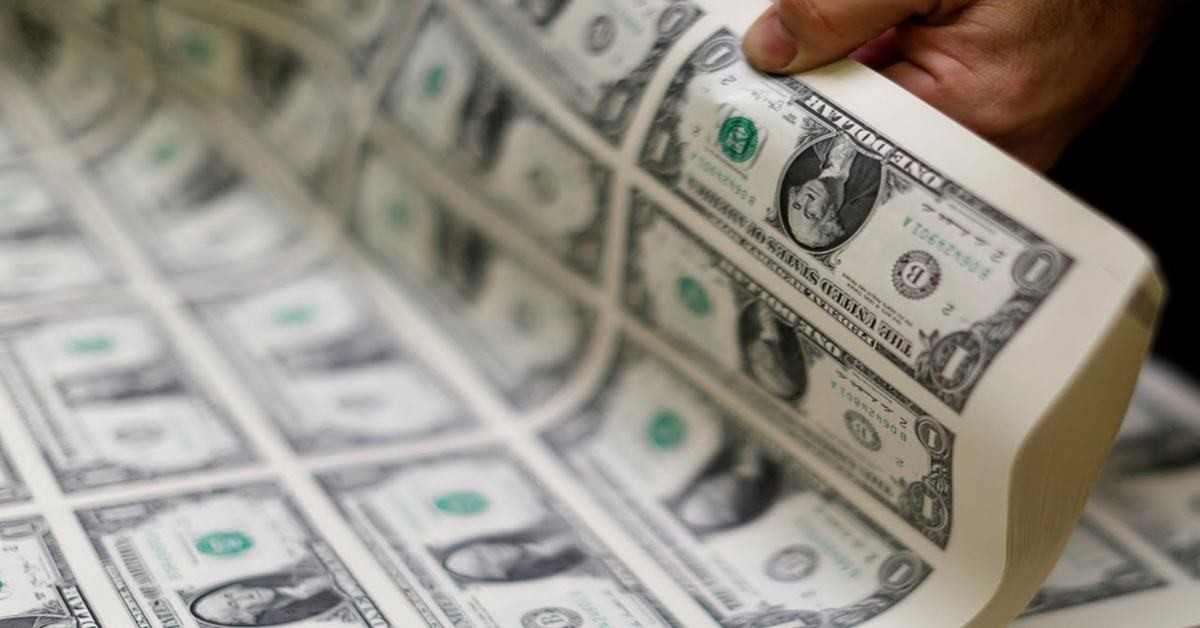It was a bit dovish, but can hold the bulls?
The event of the week is done now, and we have a clearer idea of what happened and what we have to expect. The FOMC announced its interest rate decision, and as it was widely expected, members voted (8-1) for a 0.25% rate hike to increase the FED policy rate to 0.25% - 0.50%. This is for the first time since December 2018 that FED raising the rates. In this meeting, St. Louis Fed President Bullard voted against the other 8 members and supported a 0.50% rate hike. In addition, participants hinted at seven rate hikes this year, each by 25 basis points. Already we had the first, and six more will be on the way.
On top of that, have to mention that attendees' dot-plot shows the expectation for rates to be 1.9% and 2.8% by the end of this year and next year, respectively. Also, according to the FOMC statement, "a sustained rise in interest rates would be appropriate." Going forward towards economic projections, show the effect of ongoing conflict. In the economic projection, participants lowered this year's GDP expectations to 2.8% from 4.0% previously. The GDP estimates for the following years are 2.2% in 2023 and 2.0% in 2024, in line with previous expectations. Unemployment is expected to remain at 3.5% this year and next. In 2024, it may grow to 3.6% (previously 3.5%). Finally, inflation will remain overheated. Estimates for PCE inflation and core PCE inflation reached 4.3% and 4.1% respectively at the end of the year but then fell back to around the 2% target.
As a market response, the optimistic returns to the market, especially after the FOMC and Chairman Powell speeches. Since the interest rate hike was lower than earlier expectations, and in line with the last days' market projection, it was somehow negative for the US dollar, however, six more rate hike projections sound hawkish enough to hold the bulls, even if it will slow down the increasing pace in the short-term. On the other hand, after the FED meeting, the 5-year and 10-year bond yields decreased a little bit, even if they are still significantly high, by US 10-years bind Yield at 2.136%.
The slower rate hike is the way that FED believes can save them from another stagnation or better to say, stagflation. We can read this message like this: We believe that higher inflation is more welcomed than Stagflation. Therefore, for a time-band, we can tolerate higher inflation, but let the economy return to track.
From the technical point of view also, the US dollar index still moving in a clear uptrend in the Daily chart. First support sits at 97.80 and then 96.94 is the next and key support. As long as it is trading above these levels, bulls will be there to look at the higher levels. Technical indicators with price above 20 DMA and market volume average confirm that, while MAC histograms also clearly and strongly form above 0-level.


















